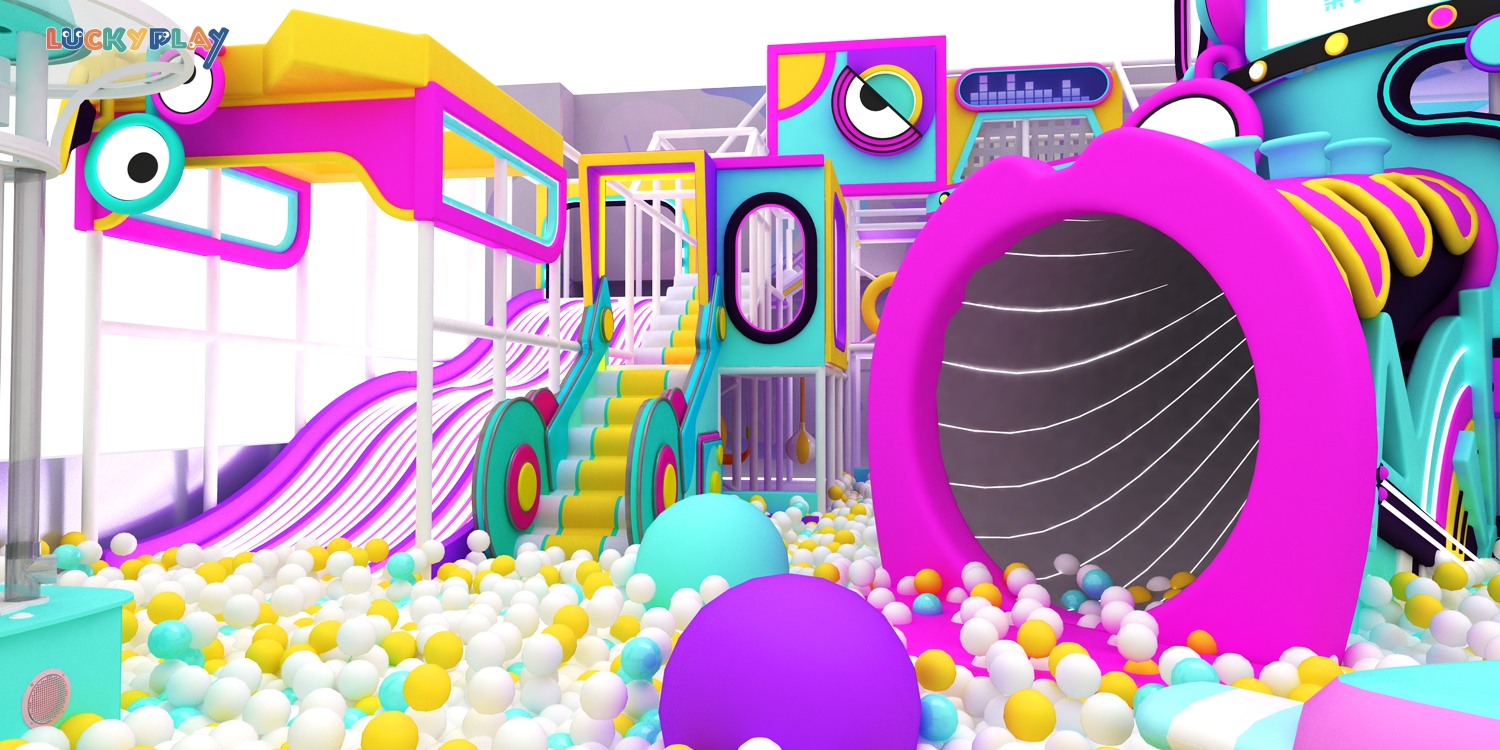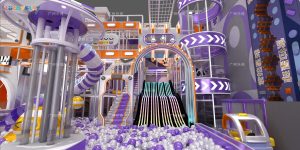Opening an indoor playground can be an exciting and profitable venture. It provides children with a safe space to play, learn, and socialize, while giving parents peace of mind. But turning that dream into a sustainable business requires more than enthusiasm—it demands a well-structured business plan.
This guide will take you through all the essential elements, from market analysis to profit maximization, to help you launch and grow your indoor playground successfully.
1. Market and Neighborhood Analysis – Building a Strong Foundation
Before you purchase a single piece of equipment, you must understand the market you’re entering. This research forms the backbone of your business plan.
Demographics
Identify your target audience: families with young children, working parents, or community groups.
Consider age ranges, income levels, and family sizes in your location.
Look for areas with a high concentration of young families who value safe recreational spaces.
Competitor Analysis
Visit and research every indoor playground, family entertainment center, and kids activity hub nearby.
Note their pricing models, services, and strengths/weaknesses.
Identify gaps in the market you can fill—such as themed play zones, flexible memberships, or educational programs.
Neighborhood Assessment
Is the location urban, suburban, or rural?
Are there schools, libraries, or community centers nearby?
Consider traffic flow, public transport, and parking availability.
Locations already popular with families tend to generate stronger foot traffic.
2. Placement Selection – Location Matters
Your choice of location directly impacts your indoor playground’s success.
Visibility and Accessibility: Select a spot with high street visibility and convenient access from main roads. Ample parking is essential.
Zoning and Regulations: Verify compliance with local zoning laws, building codes, fire safety rules, and accessibility standards.
Space and Layout: Your floor plan should allow for diverse play zones, seating for parents, and safe traffic flow. Work with a professional indoor playground designer.
3. Investment Management – Budgeting for Long-Term Success
Launching an indoor playground is a major financial commitment. A detailed budget ensures sustainability.
Startup Costs: Include leasehold improvements, play equipment, insurance, licenses, marketing, and staff. Costs can range from $50,000 to $500,000+.
Funding Sources: Personal savings, bank loans, angel investors, or crowdfunding.
Operational Costs: Rent, utilities, salaries, maintenance, and marketing. Create a cash flow statement to plan ahead.
4. Trending Game Options and Unique Offerings
Differentiate your playground with exciting, trend-driven attractions.
Themed Play Structures: Go beyond the basics—add obstacle courses, multi-level climbing frames, or fantasy-themed zones.
Technology Integration: Incorporate AR games, interactive floors, and digital art stations.
Toddler Soft Play Areas: Age-appropriate zones with sensory play and padded equipment.
Special Activities: Host holiday events, art workshops, and educational classes.
5. Right Supplier Selection – Prioritize Quality and Safety
Your supplier choice affects both safety and customer satisfaction.
Choose reputable commercial indoor playground manufacturers with strong reviews.
Ensure equipment meets ASTM F1918-12, NFPA 701, and other safety standards.
Opt for suppliers offering custom designs that fit your theme and space.
6. Profit Maximization – Go Beyond Admission Fees
Create multiple revenue streams to increase profitability.
Birthday Parties: Offer customizable packages with themes, decorations, and catering.
Cafe & Snacks: Provide coffee, healthy snacks, and kid-friendly meals.
Memberships & Loyalty Programs: Monthly or yearly passes encourage repeat visits.
Retail Sales: Sell branded merchandise, toys, and activity kits.
7. Efficient Management Techniques – Day-to-Day Excellence
Even the best business plan needs strong operations to succeed.
Staffing: Hire trained, child-focused staff with safety and first aid knowledge.
Operational Systems: Use digital booking, check-in, and payment systems.
Hygiene & Maintenance: Maintain strict cleaning and safety inspection schedules.
Customer Feedback: Collect and act on visitor feedback for continuous improvement.
8. Future Forecast – Planning for Growth
Your business plan should adapt to market trends.
Expansion Plans: Consider adding new branches or mobile play services.
Market Adaptation: Stay updated on children’s entertainment trends to keep offerings fresh.
Final Takeaway
A well-structured indoor playground business plan is more than paperwork—it’s your blueprint for growth, safety, and customer satisfaction. By focusing on market research, quality equipment, diverse revenue streams, and effective operations, you can create a thriving business that parents trust and children love.





